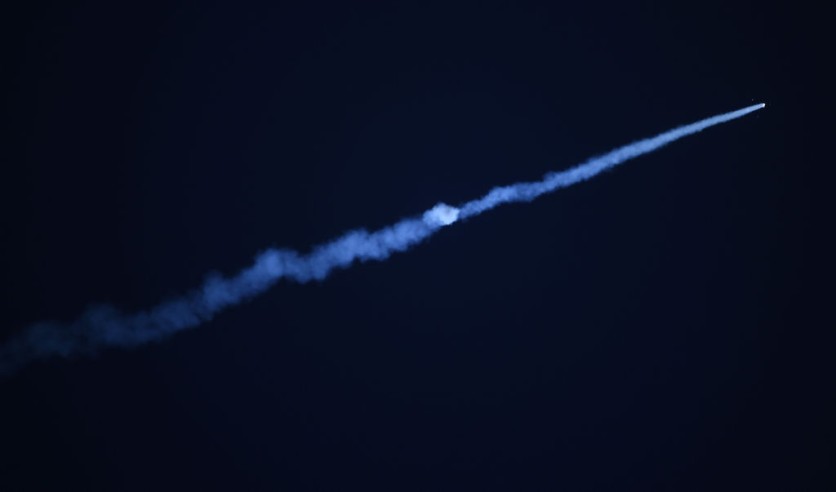A mysterious Russian satellite disintegrated in orbit last month, producing a cloud of space debris that may stay in orbit for some time, as per Space.com's report on Tuesday, Feb. 7.

85 Pieces of Space Debris
The US Space Force's 18th Space Defense Squadron (18th SDS) said in a tweet that the Kosmos 2499 broke apart on the night of Jan. 3 and that they are currently tracking 85 associated pieces at 1169 km altitude.
This cloud of space debris is orbiting 1,169 kilometers (726 miles) above Earth, which is so far away that it will likely take a century or more for the atmosphere to pull it down, according to Space.com.
According to Anatoly Zak of RussianSpaceWeb.com, the satellite was carried into Earth orbit by a Russian Rockot spacecraft in May 2014 together with three Rodnik military communications satellites.
Zak noted that Kosmos 2499 was initially categorized by American satellite trackers as a piece of debris designated Object E even though it was not formally listed on the launch manifest. The Rockot's Briz-M upper stage was then seemingly in danger when the debris started to maneuver.
The US ultimately designated Object E as Kosmos 2499 towards the end of October 2014 after reclassifying it as a payload rather than a fragment.
According to Oleg Ostapenko, the former head of Russia's government space agency Roscosmos, the satellites were created in collaboration with the Russian Academy of Sciences and utilized for peaceful objectives.
Ostapenko merely stated that the mission was completed and declined to elaborate on more details about the mission.
Space Debris Problem
In 2022, the International Space Station (ISS) performed several maneuvers to prevent it from interacting with a Russian space brought on by a satellite weapon test in 2021.
The quantity of Starlink internet satellites that SpaceX launches has also drawn criticism, prompting astronomers to organize a protest against the company's launch procedures.
According to NASA, there are currently more than 500,000 objects in orbit that are 1 cm to 10 cm in diameter and about 25,000 pieces that are larger than 10 cm. These fragments cross orbit at speeds up to 33,000 mph, which is faster than a bullet.
The US Global Surveillance Network is also keeping an eye on 30,000 objects larger than 4 inches (10 cm) in Earth orbit. Furthermore, the European Space Agency (ESA) one million particles are currently circling the globe at a speed of 0.4 inches (1 cm).
ⓒ 2025 TECHTIMES.com All rights reserved. Do not reproduce without permission.




